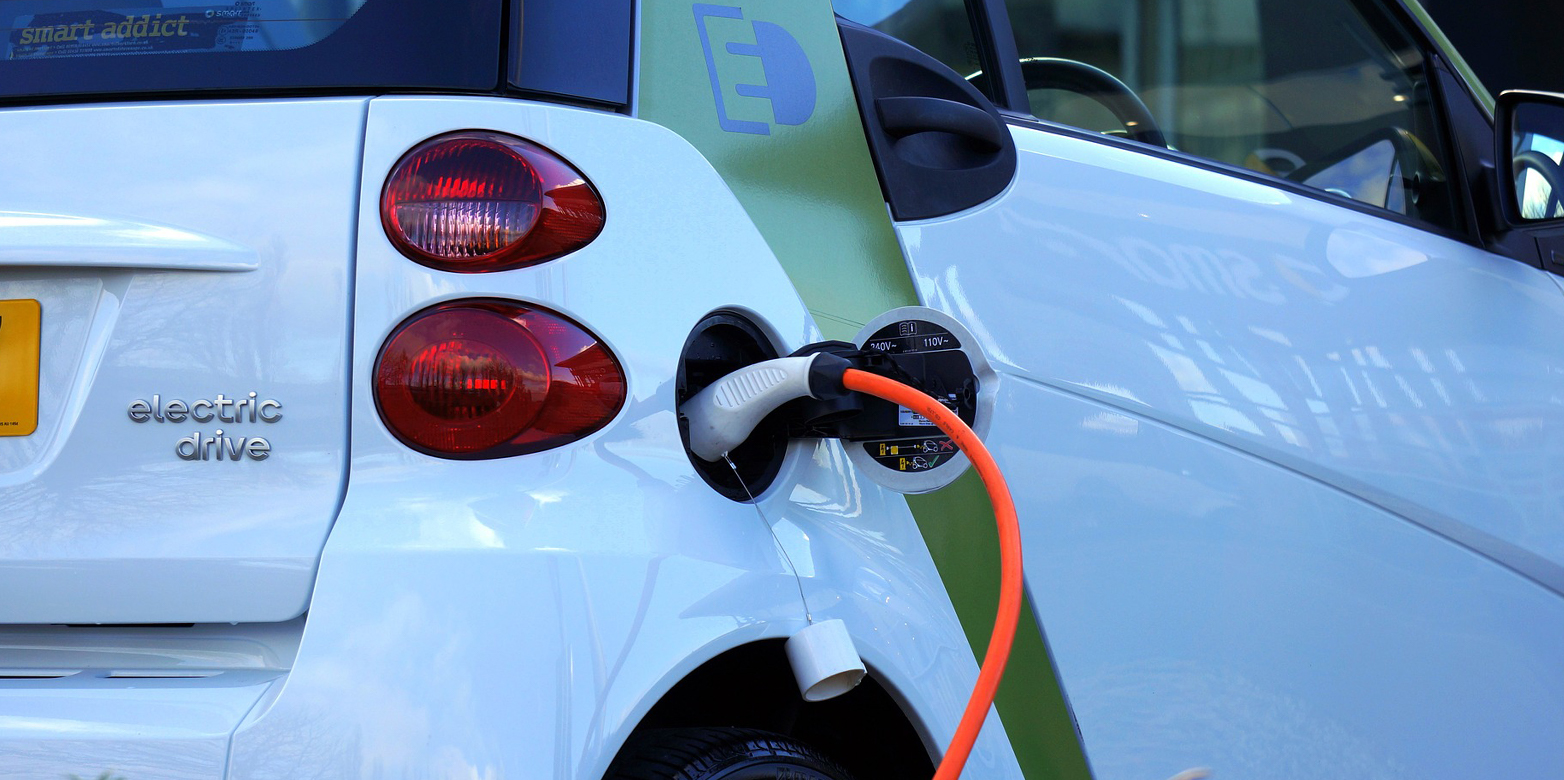What drives public support for policies to enhance electric vehicle adoption?
The transportation sector is one of the largest contributors to global CO2. In a study published in Environmental Research Letters, Gracia Brückmann and Prof. Thomas Bernauer examined public support for, and the political feasibility of policy options for promoting EV adoption. Based on a choice experiment, they find that pull measures, such as subsidies for electric cars, attract more public support, and support levels do not decrease much when funding options are revealed.

Decarbonizing the transportation sector is crucial to limiting global warming, but faces severe political feasibility challenges due to widespread opposition by those who incur the costs. With respect to private motorized vehicles, which account for the largest share of emissions from transportation, various studies show that pull measures, such as subsidies for electric cars (EVs) and charging infrastructure, attract more public support than push measures, such as carbon taxes or regulation to phase out fossil fuel cars. Based on a choice experiment with a large, representative sample (N=5’325) of car holders in Switzerland, the researchers reassess and add to these findings. They empirically focus on Switzerland because its newly registered cars have the worst emissions record in Europe.
- First, they re-assess the presumably stronger support for pull measures by studying whether such support is (negatively) affected by revealing the cost implications in terms of means for funding these policy measures.
- Second, a unique feature of their study is that they examine support for policies to promote EVs both amongst non-EV and EV holders.
The scientists' hypothesis is that EV holders are likely to be more supportive of such policies, even when cost implications become apparent. Their key finding is that support for pull measures, which is high amongst non-EV holders, and even higher among technology adopters (EV holders), remains stable even when policy funding is revealed. This suggests that more ambitious pull measures in this area are politically feasible, even more so as the share of EV adopters increases. Their research also provides a methodological template for similar research in other countries.
For more information, please visit the external pageEnvironmental Research Letterscall_made homepage.
